High Performance Aviation
Emergency Landing in Danbury, TX
by Sarah Rovner (Commercial Pilot & FAASTeam Representative)
Somebody once told me that since I had already experienced and engine failure, I was statistically safe from one for the next 20,000 hours. I was not expecting anything out of the normal as I was practicing for my CFI check ride and getting ready to take the practical test with the FAA. I went flying with a friend to practice the maneuvers before getting signed off by my primary instructor for the practical test. I was flying a Piper Arrow PA28R-200, which had the old style wing and literally glides like a manhole cover.
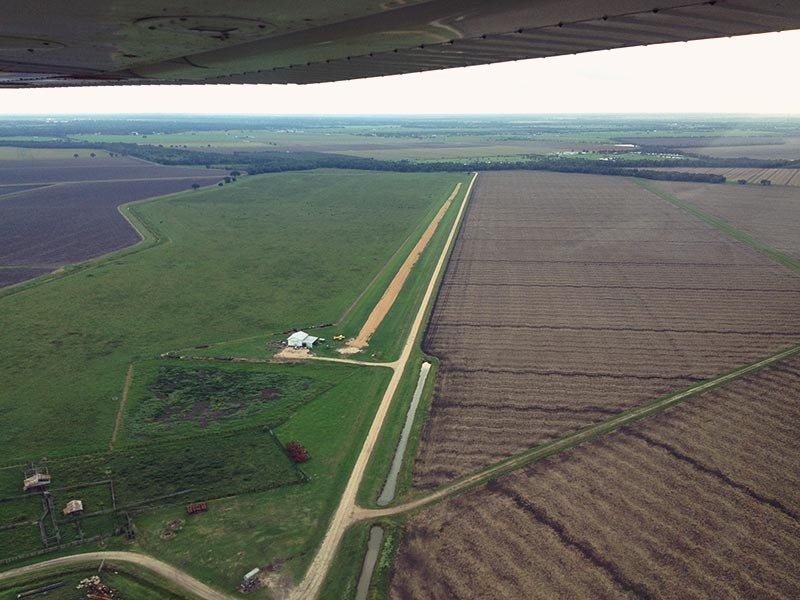
We took off from Pearland Regional Airport (LVJ) and headed out into the country to practice maneuvers in unpopulated areas. I began the training by practice teaching eights on pylons, which is the lowest altitude maneuver that is required for the CFI check ride. As I finished the maneuver, I was at about 800 feet and applied power to start climbing up to do Chandelles. Out of nowhere, it was almost as if something snapped in the engine and it started to violently shake. Immediately I pushed all the controls forward – throttle, prop and mixture. I saw the manifold pressure come up and it started vibrating even worse. I immediately looked for a place to land and there was a good looking long dirt road of some sort in a field not too far from us. It almost even looked like a private airport. I didn’t know how long I would have power for, so I decided to put it down in that field and set up to do so. I still had partial power although the airplane wasn’t going to climb. I was slightly high on the approach as I was hesitant to reduce the power knowing I would not get it back, but was able to get it down on the road and stop quickly. The dirt road turned out to be soft sand and as I came to a stop I realized that the engine quit completely.
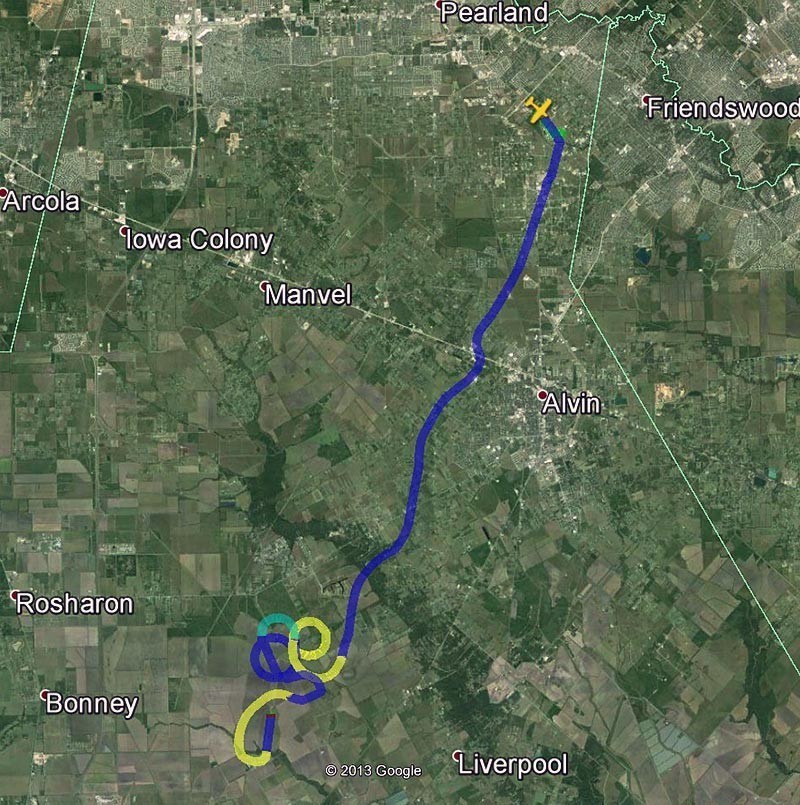
I was pretty upset and jumped out of the plane to start taking in everything that just happened. It probably wasn’t more than a minute from the time the engine started running rough to the time we were on the ground. After looking over the airplane, it was determined that there was not even a scratch on it. I called the airplane owner to inform him of the situation and I started making arrangements to get out of the field. I had no clue where I was and used my SPOT tracker to send myself the GPS coordinates. I forwarded those to my flight instructor to come pick us up.
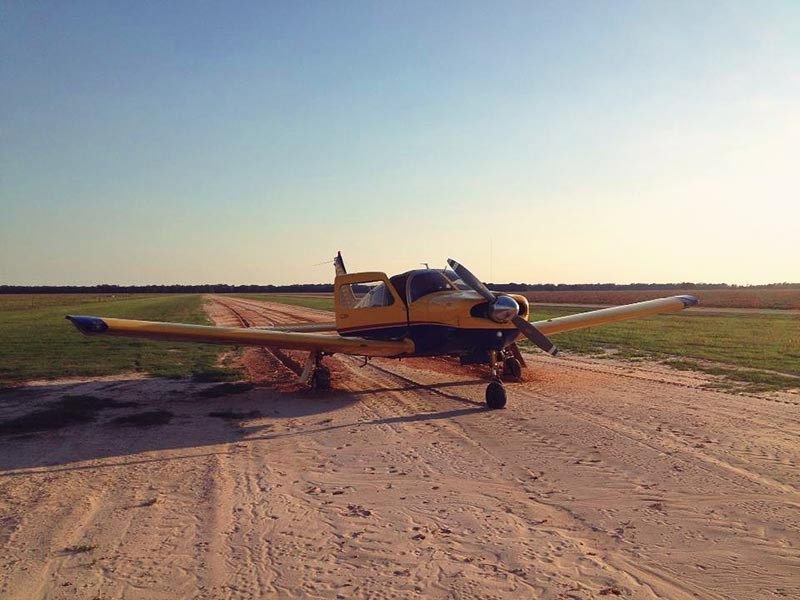
A few minutes after landing, we saw a pickup truck headed our way. The man pulled up to where we were and inquired on the situation. After explaining what happened, he said that he had heard an airplane with engine trouble from a mile away and was driving around trying to find out where it had landed. He helped us push the plane off of the sand and secure it. It turns out that the man was an employee of the land owner, who is also a pilot and runs a crop dusting operation. The strip we had landed on had actually been used as a runway for crop dusters and the owner put the sand on it 4 days ago to improve the grass runway. The land owner also came and met us and drove us to his house where my flight instructor picked us up.
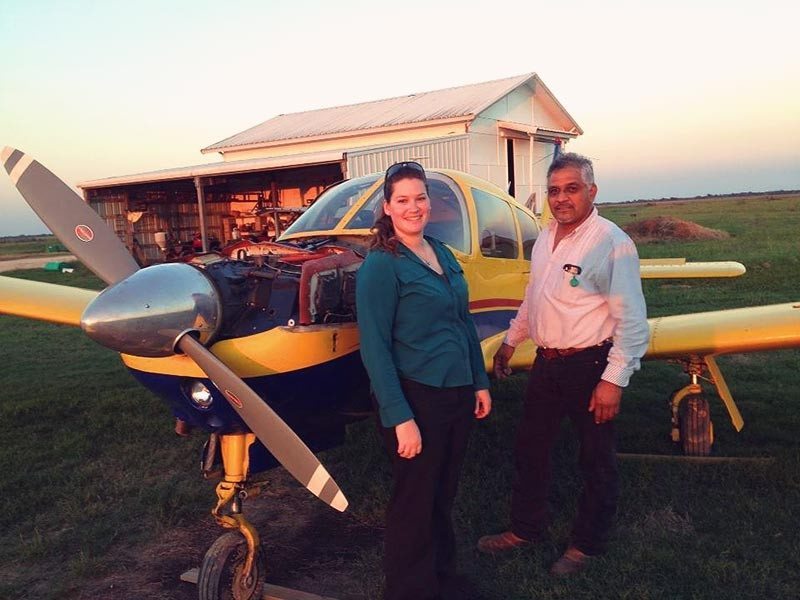
Overall, it was a very successful emergency landing. The airplane was undamaged and it made for quite a story to tell. The mechanic went out the next day and determined that the #3 cylinder had failed. Upon further investigation, it turned out that the valve stem broke from the valve head, destroyed the piston, and the cylinder head got stuck in the piston. As you can see in the picture, the valve stem is separated from the valve head and part of the stem is still in the valve guide. Debris had then gotten from the #3 cylinder into the #4 cylinder, causing damage to the #4 cylinder as well. The mechanic came out to the field for a few weeks and replaced the cylinders and parts that had failed and were damaged. 3 weeks later, it was flown out of the field and returned back to its home. I have flown it since, and it feels like a different airplane. The engine sounds and performs so much better, and I have confidence that it will continue to operate well.
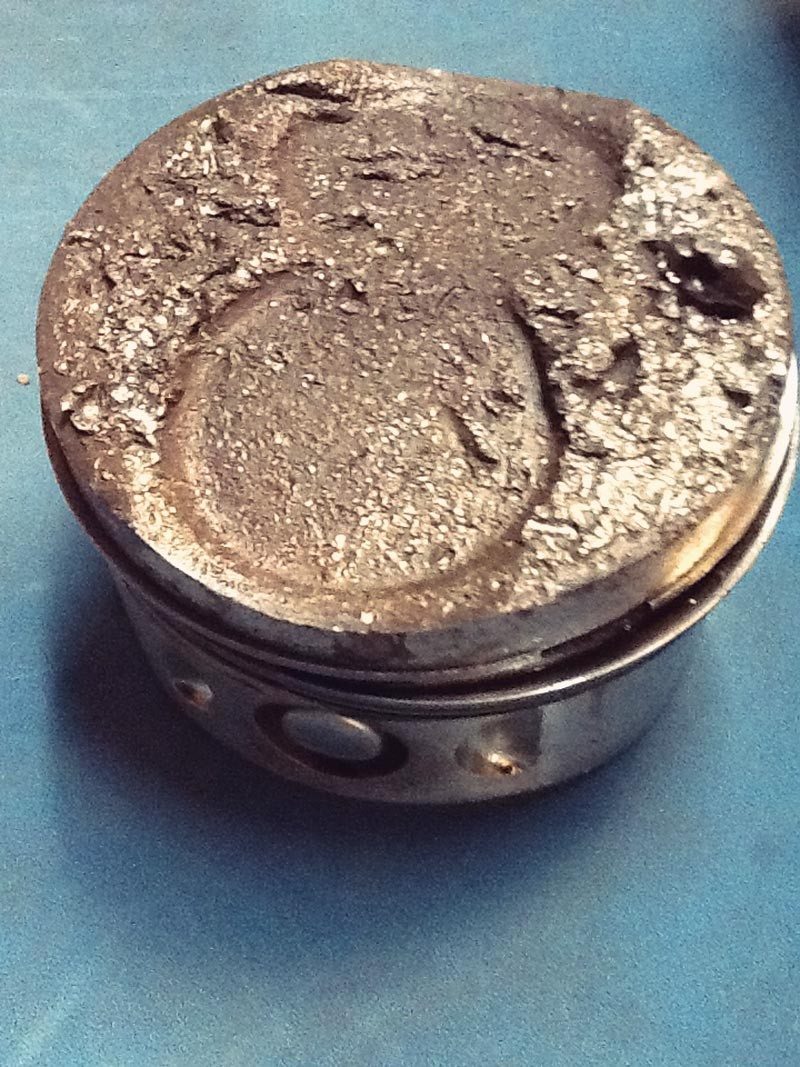
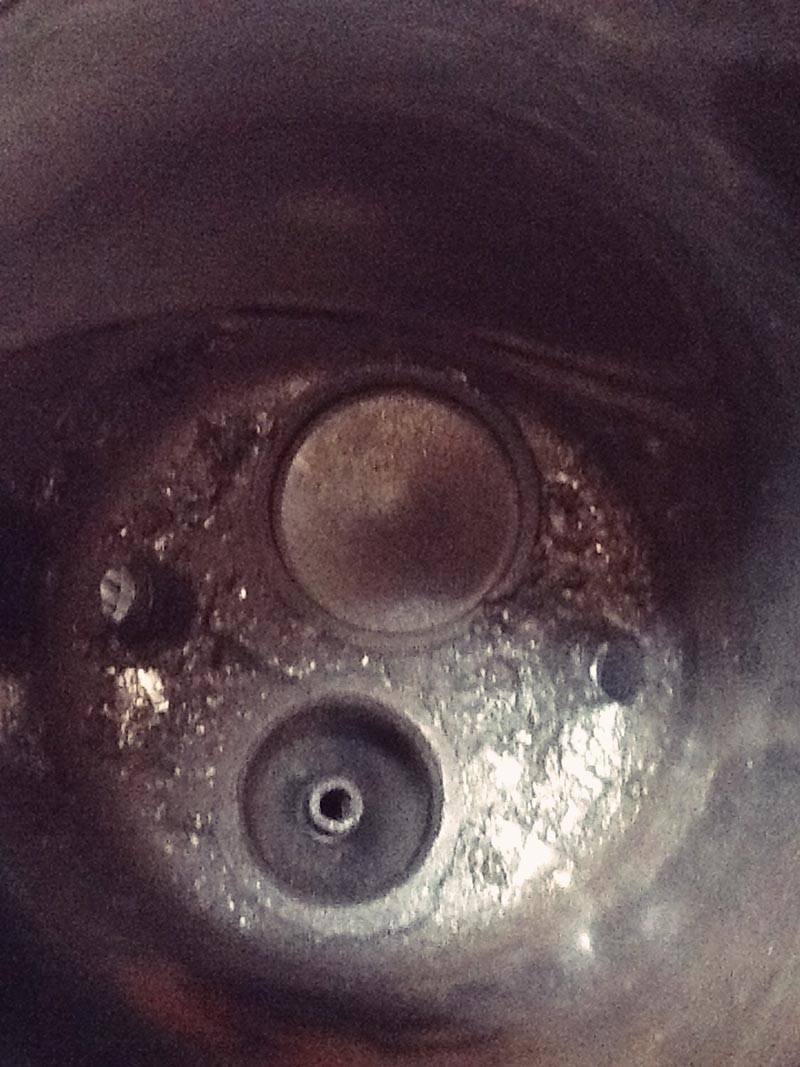
If I could make any recommendation toward training for events like this, I would say that students should train for partial power engine failures as that is a very different game than a complete engine failure. Students should have to fly at a power setting that will allow them to hold altitude or have a slow descent as that completely changes the decision making process. With the power, it was gamble on whether or not I could have made it to a paved airport.
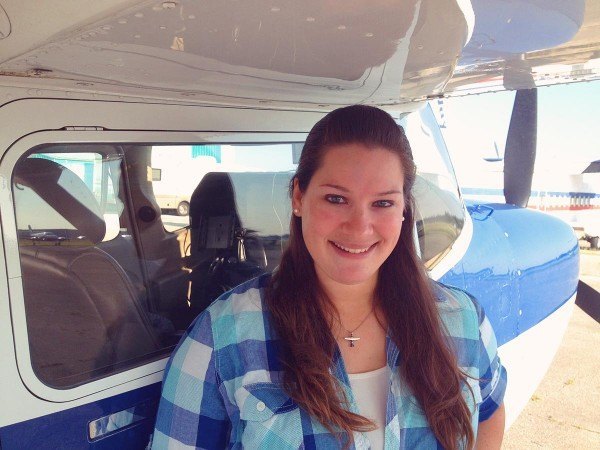
However, I decided not to and decided to land where I knew I could reach. The entire event was a big unexpected kink in finishing my CFI, but overall has made me a better pilot and I will be able to pass this experience onto my students. I still plan to finish my CFI soon, given there are no more eventful moments in the airplane!
Sarah Rovner is a commercial airplane pilot based in Houston, TX who enjoys flying her G1000-equipped Cessna 182 for personal and business travel. She is also active as a mission pilot in theCivil Air Patrol, a humanitarian pilot with Angel Flight, a tow pilot for a local glider field, FAASTeam Representative and EAA Young Eagles pilot. She enjoys flying to and exploring new places, and is currently working toward her CFI rating.
Would you like more information?
Send us a message below.

